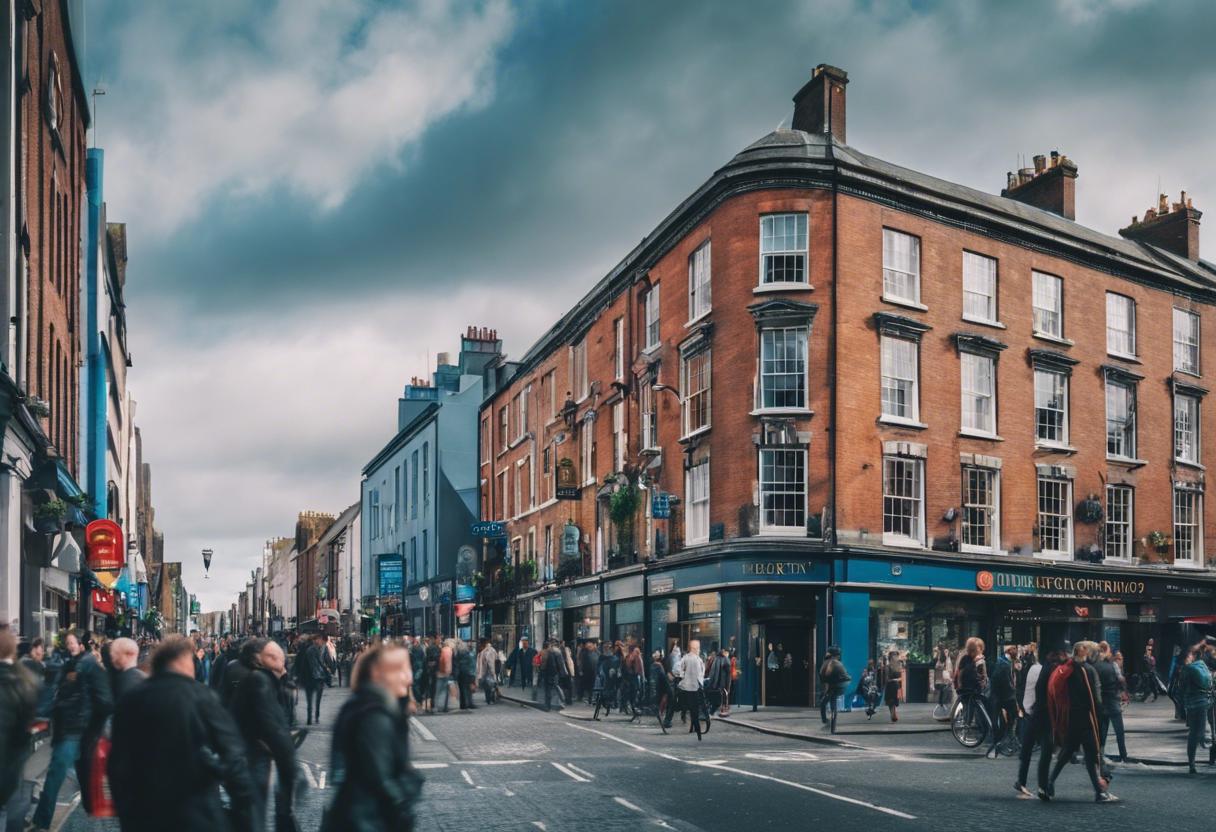A Norwegian friend of mine recently pointed out that he thought Ireland had leveled with Norway in terms of pricing, with one exception: beer. He mentioned that a pint in Oslo, he estimates, costs about €10, a cost comparative to what some bars in Temple Bar, Dublin, are charging. However, clearly this is not indicative of the average Irish price.
When he first visited Ireland in 1998, he found it significantly cheaper than Norway, but according to him, that has since changed such that the price difference, bar the cost of a pint, is almost nil. He believes that over the past twenty years for unexplained reasons, Irish costs have matched those of Scandinavia, despite average salaries in Ireland not corresponding accordingly.
Eurostat’s yearly survey of pricing across different countries supports his conclusions. The study found Ireland to be the second-most expensive country in the EU, following Denmark. Irish citizens were found to pay 42% more for basic goods and services than the average European. Surprisingly, despite its high prices, the study found Norway to be 25% more expensive than the European average, thus costing less than Ireland. Norway’s overall average was reduced by its subsidised energy prices.
In multiple categories like food, clothing, alcohol, telecoms, furniture, and consumer electronics, Ireland and Norway had similar average costs regarding the EU average. Although, Norway was slightly more costly when considering restaurant and hotel prices and significantly higher for transport services.
While the Eurostat research does not include property prices, data from Real Estate Norway reported the mean cost for a home in Norway in August to be €405,863. The average house price in Ireland (in July), according to the Central Statistics Office, was notably similar, at €409,645.
We can look at several factors to explain Ireland’s costly price culture, such as island status, dispersed population, higher wages, lack of competition, taxes (notably on alcohol and cigarettes), insurance costs, and diminished government subsidies in areas like transport and childcare. Though, there isn’t a single overarching explanation that accounts for it.
Paul Stapleton, ESB’s chief financial officer, recently explained to me that the higher energy rates in Ireland compared to the rest of Europe is due to three main reasons. Firstly, our reliance on natural gas, from which half our energy is produced, has been costly due to its price volatility. Secondly, our population’s spread-out nature requires more electric network per customer than in more populated European regions. Thirdly, our smaller size power plants lack the economic benefits of scale.
However, inflated prices in Ireland are not limited to energy only. Several items and services, including rent, electricity, insurance, dining out, and even bottled water, are seemingly overpriced compared to other regions.
Currently, Ireland boasts the most costly healthcare facility globally, namely the national children’s hospital, which is expected to exceed its initial cost estimate of €650 million by about €2.2 billion. Additionally, the notorious Dáil’s bike shelter cost, €336,000, is close to the median house price across the nation, €340,000, over the past year ending July.
Another noteworthy area is the hospitality sector, where outraged consumers face exorbitant charges for coffee, food, alcohol, and hotel accommodations. Meanwhile, many eateries and food-related businesses are folding due to increased expenses and shrinking profit margins. According to the Restaurant Association of Ireland (RAI), an average food business with revenue of €1 million is likely to see a cost hike of €97,000 this year.
Increased VAT charges after the removal of the reduced rate for hospitality contributed €37,000 to this surge, while wage inflation added €36,000 and supplier cost increase added €13,500. Adrian Cummins, the RAI chief, warns that if the minimum wage goes up by 80 cents to €1 next week, the total annual cost hike will surpass €100,000. The interaction between minimum wage and hospitality prices is one of the key factors driving Ireland’s current price dynamics.
Alterations in the syntax and wording are seen in the text below from the original transcript – all the while remaining in the realms of British English.
“Rent is another consideration. Various programmes such as HAP (Housing Assistance Payment) have been established by the Government to subsidise private sector rents. Over half of the local renters are now reliant on some type of financial aid from the State. However, concurrently, the rents in Ireland have seen an upward trend, escalating at a rate two-and-a-half times higher than the average in the euro zone since 2019.
Although declaring we are embroiled in a vicious circle of escalating wages and prices might be hyperbolic, there’s no denying the existence of adverse price-cost dynamics across multiple sectors.”

